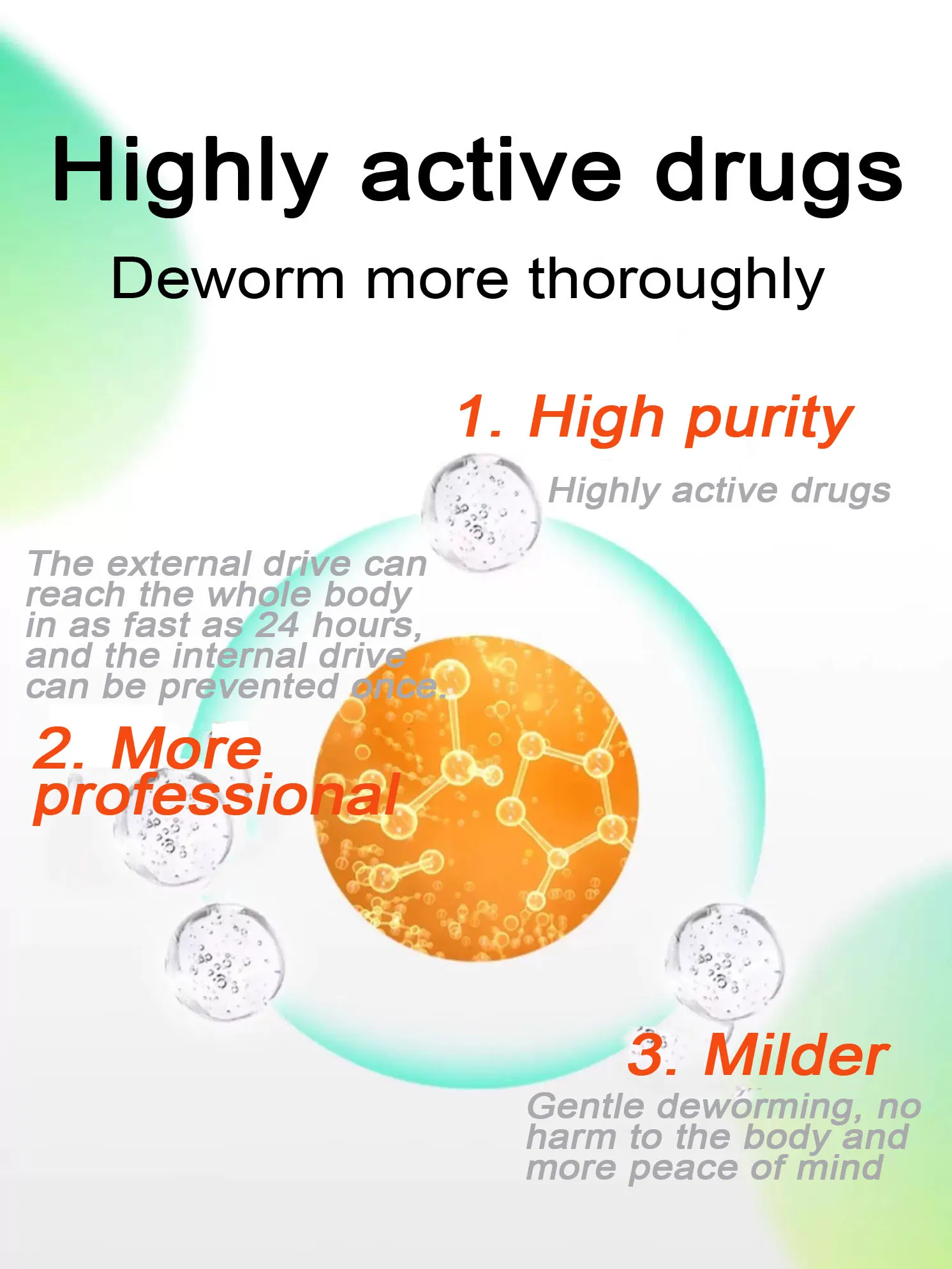- Afrikaans
- Albanian
- Amharic
- Arabic
- Armenian
- Azerbaijani
- Basque
- Belarusian
- Bengali
- Bosnian
- Bulgarian
- Catalan
- Cebuano
- Corsican
- Croatian
- Czech
- Danish
- Dutch
- English
- Esperanto
- Estonian
- Finnish
- French
- Frisian
- Galician
- Georgian
- German
- Greek
- Gujarati
- Haitian Creole
- hausa
- hawaiian
- Hebrew
- Hindi
- Miao
- Hungarian
- Icelandic
- igbo
- Indonesian
- irish
- Italian
- Japanese
- Javanese
- Kannada
- kazakh
- Khmer
- Rwandese
- Korean
- Kurdish
- Kyrgyz
- Lao
- Latin
- Latvian
- Lithuanian
- Luxembourgish
- Macedonian
- Malgashi
- Malay
- Malayalam
- Maltese
- Maori
- Marathi
- Mongolian
- Myanmar
- Nepali
- Norwegian
- Norwegian
- Occitan
- Pashto
- Persian
- Polish
- Portuguese
- Punjabi
- Romanian
- Russian
- Samoan
- Scottish Gaelic
- Serbian
- Sesotho
- Shona
- Sindhi
- Sinhala
- Slovak
- Slovenian
- Somali
- Spanish
- Sundanese
- Swahili
- Swedish
- Tagalog
- Tajik
- Tamil
- Tatar
- Telugu
- Thai
- Turkish
- Turkmen
- Ukrainian
- Urdu
- Uighur
- Uzbek
- Vietnamese
- Welsh
- Bantu
- Yiddish
- Yoruba
- Zulu
dec . 17, 2024 06:46 Back to list
cold sterilization veterinary
Cold Sterilization in Veterinary Medicine
Cold sterilization is a vital technique in veterinary medicine, primarily employed to disinfect and sterilize surgical instruments, equipment, and other surfaces without the use of heat. This method is particularly useful in settings where traditional sterilization techniques, like autoclaving, are impractical or could potentially damage sensitive tools.
The importance of sterilization in veterinary practice cannot be understated. Veterinary surgeons regularly perform procedures that require aseptic conditions to prevent infections and ensure the well-being of their animal patients. Contaminated instruments can introduce pathogens, leading to post-operative complications or even death. Therefore, adopting effective sterilization practices is crucial for the safety and health of veterinary patients.
Cold Sterilization in Veterinary Medicine
One of the most widely used cold sterilization methods involves glutaraldehyde. This chemical is particularly effective against a broad spectrum of microorganisms, including bacteria, viruses, and fungi. When instruments are immersed in a 2-3% solution of glutaraldehyde for a prolonged duration, typically around 10 hours, they become sterile. However, the use of glutaraldehyde requires caution as it is toxic to both humans and animals; proper ventilation and protective equipment must be used when handling it.
cold sterilization veterinary

Another alternative is hydrogen peroxide gas plasma sterilization, an environmentally friendly method that leaves no toxic residues. This technique employs low-temperature gas plasma technology to sterilize instruments quickly and effectively. Instruments treated with hydrogen peroxide undergo a cycle that can take from 30 minutes to several hours, depending on the equipment's specifications. This method is gaining popularity due to its efficiency and safety compared to other chemical agents.
While cold sterilization is beneficial, it is essential to note that it may not always replace traditional sterilization methods. Some instruments, especially those made of materials sensitive to chemical sterilants, might require alternative techniques. Additionally, the effectiveness of cold sterilization can be influenced by various factors, including the presence of organic matter, the concentration of the sterilant, and the time of exposure. Therefore, thorough cleaning of instruments before sterilization remains a critical step in the process.
Veterinarians and veterinary staff must be trained in proper cold sterilization techniques to ensure maximum efficacy and safety. This training includes understanding the chemicals used, their risks, and correct procedural practices. Regular monitoring of sterilization practices, including solution concentration checks and adherence to exposure times, is essential to maintaining high standards of veterinary care and safety.
In conclusion, cold sterilization is a crucial process in veterinary medicine, providing an effective and practical solution for disinfecting instruments and preventing infections during procedures. While it offers many benefits, practitioners must understand its limitations and use it as part of a comprehensive infection control protocol. By continuing to prioritize sterilization in veterinary practices, we can enhance the safety and health outcomes for all animals in our care.
-
Guide to Oxytetracycline Injection
NewsMar.27,2025
-
Guide to Colistin Sulphate
NewsMar.27,2025
-
Gentamicin Sulfate: Uses, Price, And Key Information
NewsMar.27,2025
-
Enrofloxacin Injection: Uses, Price, And Supplier Information
NewsMar.27,2025
-
Dexamethasone Sodium Phosphate Injection: Uses, Price, And Key Information
NewsMar.27,2025
-
Albendazole Tablet: Uses, Dosage, Cost, And Key Information
NewsMar.27,2025













